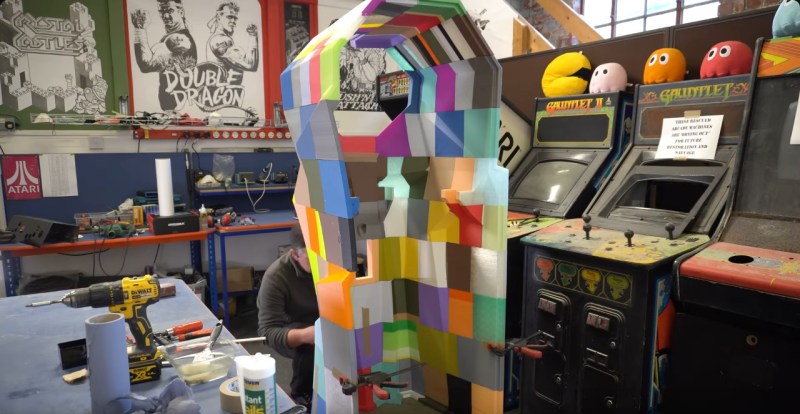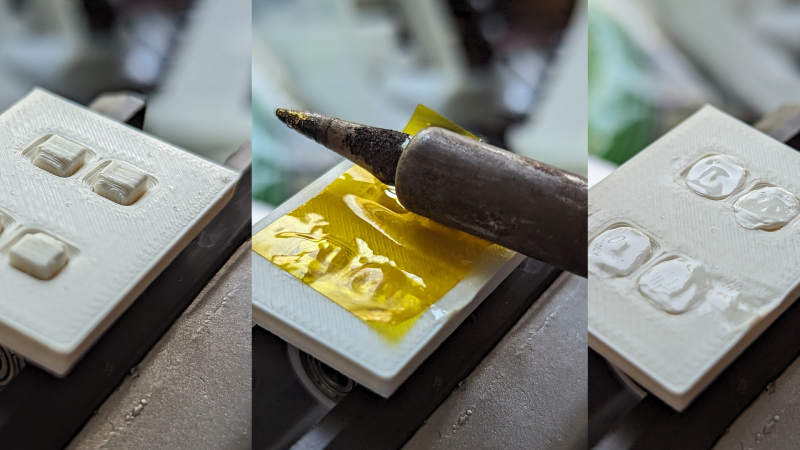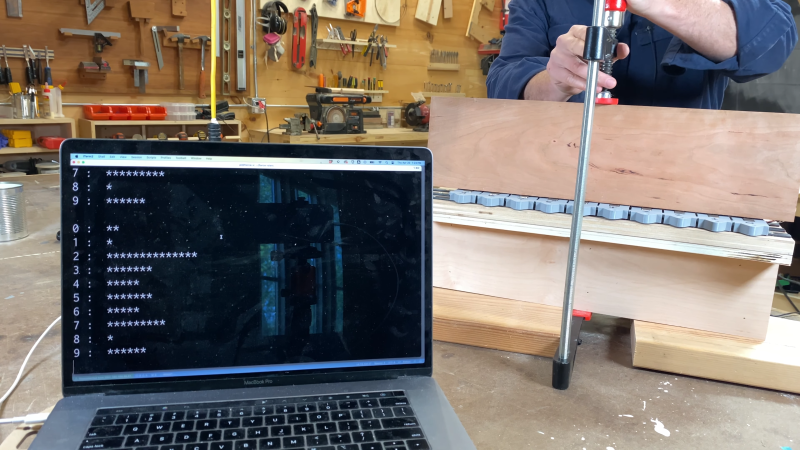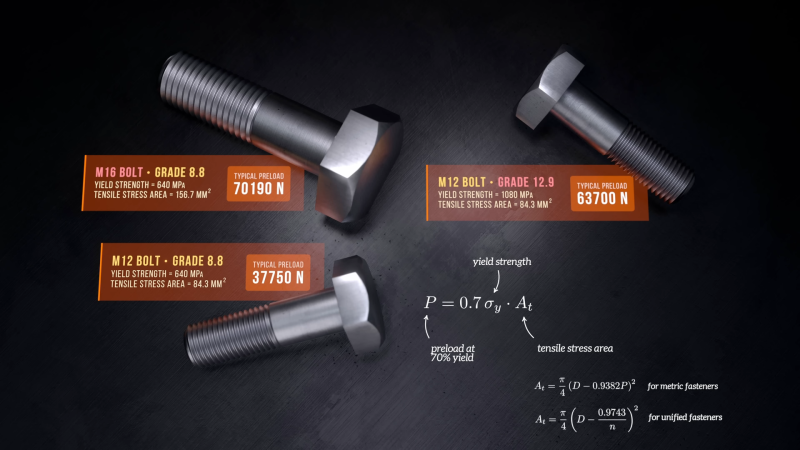Small Print Bed? No Problem!

One of the major limitations of 3D printers is the size of the printable area. The robotic arm holding the printer head can only print where it can reach, after …read more Continue reading Small Print Bed? No Problem!
Collaborate Disseminate

One of the major limitations of 3D printers is the size of the printable area. The robotic arm holding the printer head can only print where it can reach, after …read more Continue reading Small Print Bed? No Problem!

We really love when makers make their construction techniques evident in an aesthetically-pleasing way, and [Laura Kampf] has created a clever joint that reveals how a piece is made. [Kampf] …read more Continue reading Creating a Signature Wood Joint

Joints are an essential part in robotics, especially those that try to emulate the motion of (human) animals. Unlike the average automaton, animals are not outfitted with bearings and similar …read more Continue reading Emulating Biology For Robots With Rolling Contact Joints

When you just can’t 3D print something as a monolithic part, you’re going to have to join pieces together. In such cases, most of us instinctively include threaded inserts or …read more Continue reading Tricky 3D Printed Joinery Problem? Give Heat Staking a Try

Woodworkers have always been very clever about making strong and attractive joints — think of the strength of a mortise and tenon, or the artistry of a well-made dovetail. These …read more Continue reading This Laser-Cut One-Piece Wedge Tenon Locks Wood Joints Tight

If you’re not a woodworker, you might not have heard of the “45-degree rule.” It goes like this: a clamp exerts a force that radiates out across a triangular region …read more Continue reading Exploring Woodworking Mysteries with Strain Gauges and Raspberry Pi

If you’re a mechanical engineer, the material covered in this video on the basics of bolted joints probably won’t cover any new ground. On the other hand, if you aren’t …read more Continue reading The Nuts and Bolts of Nuts and Bolts

[Levi Janssen] has a secret: he doesn’t like harmonic drives. But rather than abandon the torque-amplifying transmission completely, he decided to see about improving them using 3D-printed compliant mechanisms. For …read more Continue reading Harmonic Drive Uses Compliant Mechanism to Slim Down
We’re not exactly sure what kind of shenanigans [Conrad Brindle] gets himself into, but apparently it often requires cylindrical couplings to attach 3D printed parts to each other. He found himself designing and redesigning this type of connector so often that he decided to just make a parametric version of …read more
Continue reading Take This Cylindrical Coupler Design For A Spin
Even the oldest of mechanisms remain useful in modern technology. [Skyentific] has been messing with robotic joints for quite a while, and demonstrated an interesting way to use a pulley system in a robotic joint with quite a bit of mechanical advantage and zero backlash.
Inspired by the LIMS2-AMBIDEX robotic …read more